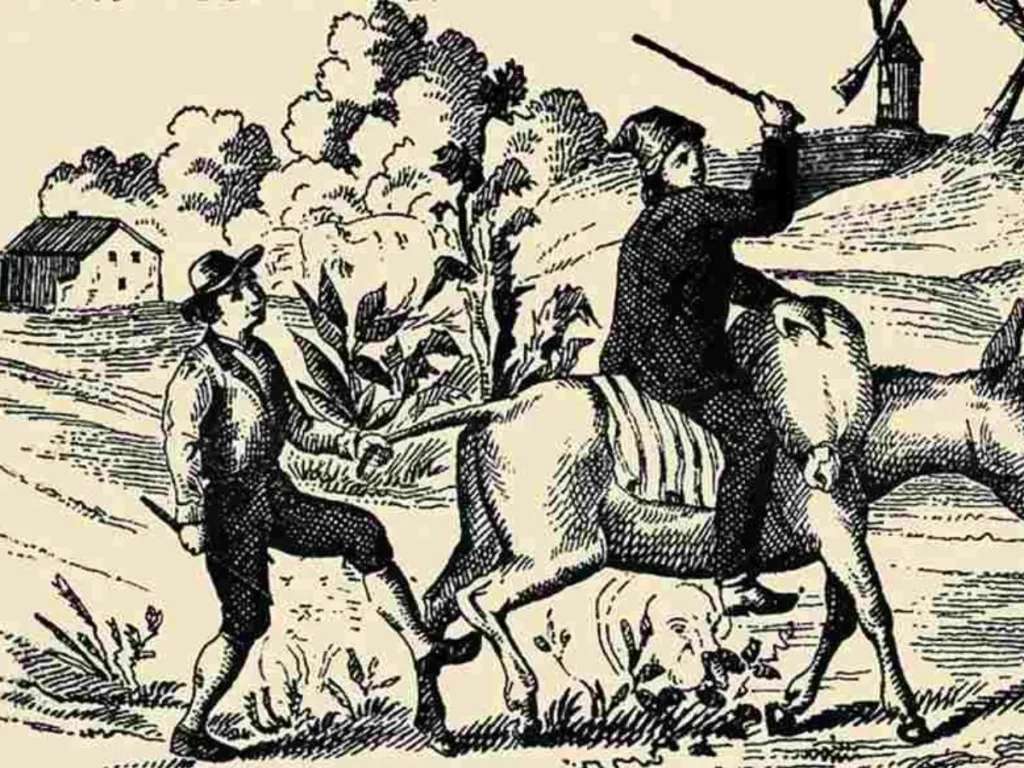In the vast expanse of optical illusions, there exists a captivating realm of mind-bending challenges meticulously designed to push the boundaries of human perception and intelligence.
Embark on a journey through the labyrinthine corridors of perception as we delve into the complexities of a tantalizing puzzle that beckons puzzle enthusiasts and curious minds alike—the quest to spot a hidden bulb concealed within the intricate details of a library scene.
Understanding the Art of Deception: Optical Illusions Unveiled

At the heart of optical illusions lies the enthralling interplay between perception and reality.
These visual phenomena exploit the intricacies of the human visual system, challenging our brains to make sense of ambiguous or conflicting information.
Optical illusions occur when the brain misinterprets sensory inputs, leading to perceptual distortions that defy logic and reason.
The human brain, naturally inclined to seek patterns, shapes, and meaning, faces both a blessing and a curse when confronted with optical illusions.
While it excels at recognizing familiar patterns, it can also be easily deceived by illusions that exploit loopholes in our perceptual processing.
The Challenge Unveiled: Optical Illusion IQ Test
Step into the realm of the optical illusion IQ test featuring a seemingly innocuous library scene concealing a hidden bulb amidst the shelves of books and dimly lit corridors.
Participants are tasked with the formidable challenge of spotting the elusive bulb in a mere 11 seconds, putting their cognitive abilities to the ultimate test.
The pressure is on to distinguish the bulb from its surroundings and emerge victorious in the quest for optical enlightenment.
Deconstructing the Image: A Masterpiece of Deception

The image presented in this optical illusion is a masterpiece of deception, meticulously crafted to confound the senses and challenge the mind.
Initially resembling a typical library scene, complete with towering bookshelves and cozy reading nooks, it holds a secret waiting to be uncovered.
The bulb is cunningly camouflaged within the intricate details of the image, blending seamlessly with the surrounding environment.
Its slender silhouette and faint glow make it a formidable adversary for even the most astute observers.
Only those with a keen eye for detail and a knack for spotting hidden patterns stand a chance of unraveling the mystery within the allotted time frame.
The Countdown Begins: Tension and Pressure

As the clock ticks away, participants focus their attention on the image, scanning every corner in search of the elusive bulb.
With each passing second, the tension mounts, and the pressure to succeed intensifies.
Time becomes a precious commodity as participants race against the clock to crack the code hidden within the image.
Strategies for Success: Keen Observation and Rapid Processing
The key to success lies in keen observation and rapid cognitive processing.
Participants must leverage their visual perception skills, employing strategies such as selective attention, pattern recognition, and spatial reasoning to pinpoint the hidden bulb amidst the visual clutter.
It is a test of both vision and intellect, requiring quick thinking and decisive action to emerge triumphant.
The Thrill of Revelation: A Triumphant Victory

For those who succeed in the challenge, the moment of revelation is nothing short of exhilarating.
As the 11 seconds elapse, the hidden bulb suddenly emerges from the depths of the image, casting its luminous glow upon the scene.
It is a triumphant victory, a testament to the power of human perception and the ingenuity of the mind.
However, for those unable to spot the bulb in time, the challenge serves as a humbling reminder of the complexities of optical illusions.
It highlights the inherent limitations of our visual system and the ease with which our brains can be deceived by deceptive stimuli.
Yet, far from being a cause for discouragement, such experiences serve to foster a deeper appreciation for the mysteries of perception and the marvels of human cognition.
Beyond Entertainment: Insights into the Human Mind
The optical illusion IQ test featuring the hidden bulb in the library picture offers more than just a fleeting moment of entertainment; it provides valuable insights into the workings of the human mind.
It challenges us to push the boundaries of our perception, honing our cognitive abilities in the process.
A Journey of Self-Discovery: Embracing Optical Illusions
Whether we emerge victorious or fall short in the quest for optical enlightenment, the journey itself is a testament to the remarkable capabilities of the human brain.
So, the next time you encounter an optical illusion, embrace it as an opportunity to test your limits and expand your horizons.
After all, the true measure of intelligence lies not in what we see but in how we perceive.
Exploring the Psychology Behind Optical Illusions
To truly grasp the intricacies of optical illusions, it’s essential to delve into the psychology behind these mind-bending phenomena.
The human brain’s susceptibility to visual deception stems from its evolutionary adaptation to efficiently process information in the external environment.
The Role of Pattern Recognition in Optical Illusions
Central to the challenge posed by optical illusions is the brain’s innate tendency to seek and recognize patterns.
This evolutionary trait has been crucial for human survival, enabling the quick identification of potential threats or opportunities in the environment.
However, this same predisposition becomes a vulnerability when faced with illusions that exploit this pattern recognition mechanism.
Cognitive Biases and Their Impact on Perception
The optical illusion IQ test not only tests visual acuity but also reveals the influence of cognitive biases on perception.
Our brains often rely on shortcuts and heuristics to process information rapidly, but these mental shortcuts can lead to errors in judgment.
Understanding how cognitive biases come into play during optical illusion challenges sheds light on the complexities of human cognition.
The Evolutionary Advantage of Optical Illusions
While optical illusions may seem like mere tricks of the mind, they serve a purpose in the context of evolution.
The ability to perceive depth, distinguish shapes, and recognize patterns has been crucial for survival.
Optical illusions exploit these fundamental perceptual processes, revealing the delicate balance between the brain’s efficiency and its susceptibility to deception.
Enhancing Cognitive Abilities Through Optical Illusion Challenges
Participating in optical illusion challenges goes beyond the thrill of solving a puzzle; it offers a unique opportunity to enhance cognitive abilities.
The demand for quick thinking, visual acuity, and pattern recognition stimulates neural pathways, fostering neuroplasticity—the brain’s ability to adapt and reorganize itself.
The Educational Value of Optical Illusions
Incorporating optical illusion challenges into educational settings can have a profound impact on learning.
These challenges provide a dynamic and engaging way to teach students about the intricacies of perception, the brain’s functioning, and the potential pitfalls of cognitive biases.
It transforms learning into an interactive experience, making complex concepts more accessible and memorable.
A Call to Action: Embracing the Enigma
As we navigate the world of optical illusions, let us embrace the enigma they present.
Beyond being entertaining diversions, these illusions offer a window into the complexities of human cognition.
Whether you are a casual observer or a dedicated puzzle enthusiast, the journey through the labyrinth of perception is a testament to the marvels of the human mind.
So, the next time you encounter an optical illusion, relish the challenge, and let your mind unravel the mysteries within.

